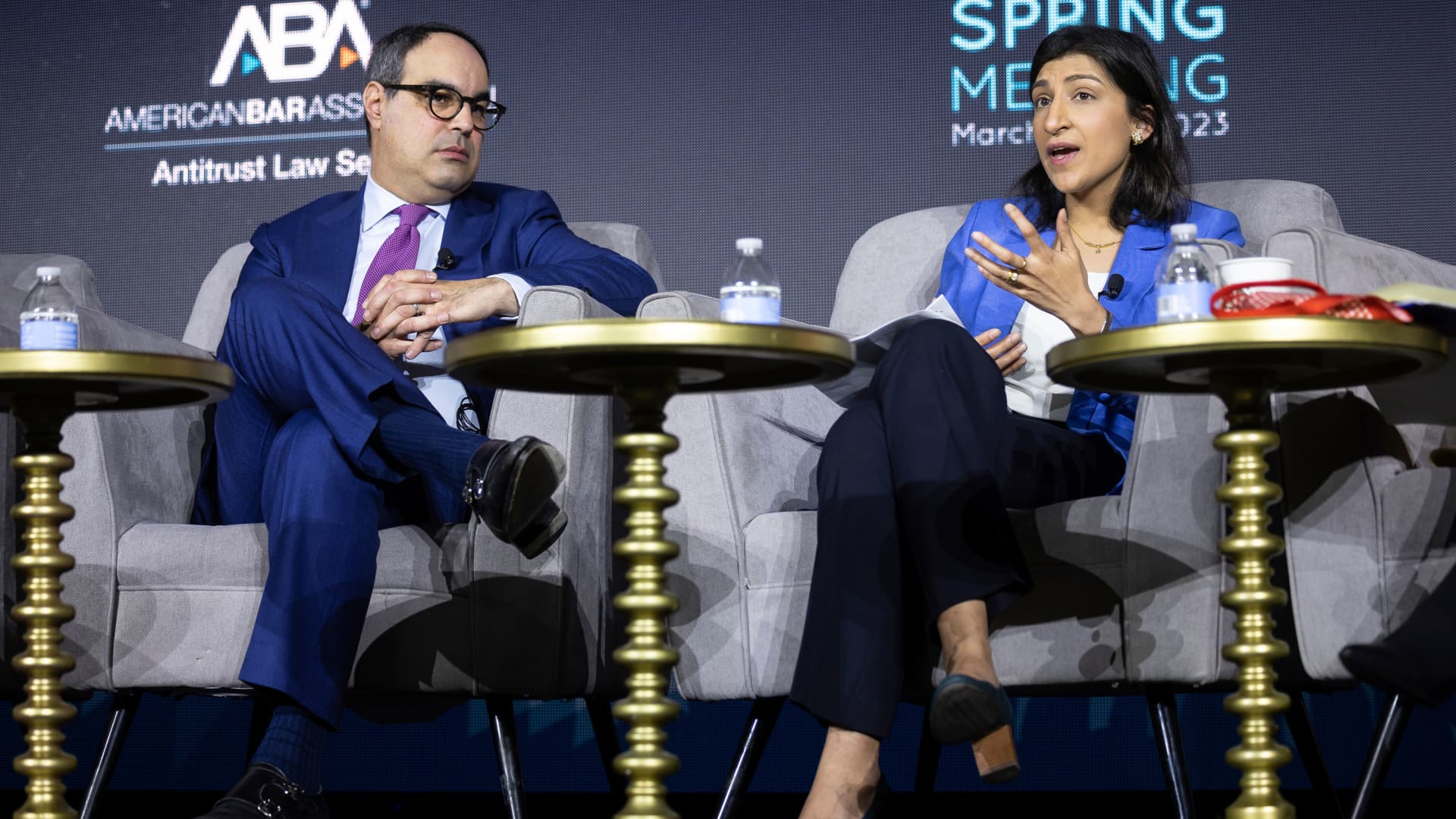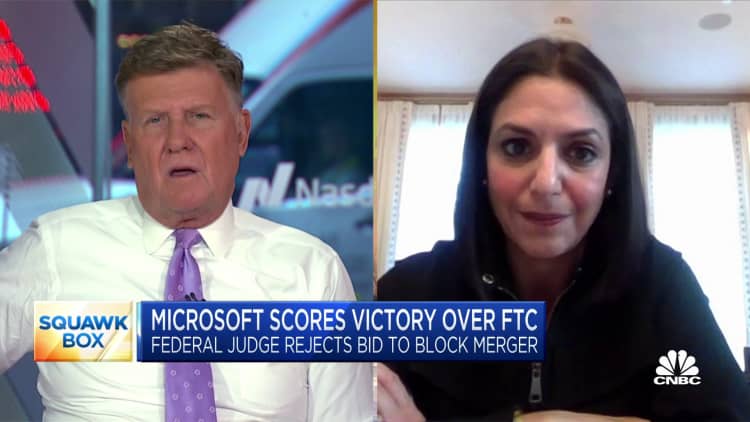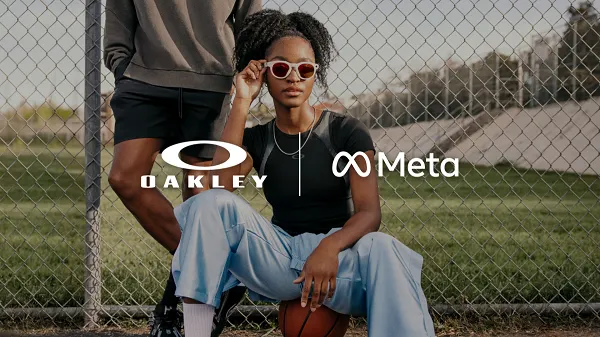FTC and DOJ lay out new rules for merger review to reflect a digital economy
The new guidelines are meant to give businesses and courts a sense of how the two agencies determine whether a deal is unlawful.


The Federal Trade Commission and Department of Justice said Wednesday that their new focus when evaluating mergers will include the impact a deal will have on competition for workers along with how a series of acquisitions, rather than one-offs, could result in harmful effects on the market.
The new guidelines, currently in draft form, encapsulate the agencies' push to keep pace with the digital age and a changing market. The proposed rules apply to both vertical and horizontal mergers. Almost two years ago, the FTC voted to withdraw the previous version of the vertical merger guidelines released in 2020, citing flaws.
A vertical merger is a transaction between two businesses that are often in different parts of the supply chain in an industry, according to the FTC. Horizontal mergers, by contrast, involve companies that compete or are in a similar part of the market.
Assistant Attorney General for Antitrust Jonathan Kanter and Federal Trade Commission Chair Lina Khan take part in a panel discussion at the American Bar Association Antitrust Law Spring Meeting at the Marriott Marquis in Washington, D.C., March 31, 2023.
Microsoft's proposed $68.7 billion purchase of Activision Blizzard is an example of a vertical merger, because Microsoft distributes games through its Xbox consoles and streaming services, while Activision creates the games. The FTC challenged that deal, arguing that it was anticompetitive, but a court last week declined to grant the regulator's request to stop it.
The FTC, under Chair Lina Khan, has been more aggressive in attempting to block Big Tech companies from expanding further, while the DOJ Antitrust Division, led by Assistant Attorney General Jonathan Kanter, has also stepped up its activity.
In the new guidelines, they outlined 13 points they will use to evaluate whether a merger should be blocked:
1. Mergers should not significantly increase concentration in highly concentrated markets.
2. Mergers should not eliminate substantial competition between firms.
3. Mergers should not increase the risk of coordination.
4. Mergers should not eliminate a potential entrant in a concentrated market.
5. Mergers should not substantially lessen competition by creating a firm that controls products or services that its rivals may use to compete.
6. Vertical mergers should not create market structures that foreclose competition.
7. Mergers should not entrench or extend a dominant position.
8. Mergers should not further a trend toward concentration.
9. When a merger is part of a series of multiple acquisitions, the agencies may examine the whole series.
10. When a merger involves a multi-sided platform, the agencies examine competition between platforms, on a platform, or to displace a platform.
11. When a merger involves competing buyers, the agencies examine whether it may substantially lessen competition for workers or other sellers.
12. When an acquisition involves partial ownership or minority interests, the agencies examine its impact on competition.
13. Mergers should not otherwise substantially lessen competition or tend to create a monopoly.
The 2020 guidelines did not explicitly discuss the impact on competition for workers. The new language also appears to address issues related to multi-sided platforms like Amazon that serve consumers and businesses.
"The law hasn't changed. These guidelines simply explain agency practice, and how we apply over a century of court precedent and statutory text," Kanter said in a Wednesday appearance on Squawk Box.
Both agencies have stressed the importance of updating enforcement efforts to reflect a modernized economy even if that means losing more cases.
"Merger enforcement," Kanter said, "is necessarily predictive. It's ultimately a risk assessment."
Khan echoed that sentiment in a later appearance on Squawk on the Street. "These guidelines reflect the law," Khan said. "This document is designed to make sure everybody is on notice about what the state of the law is."
The agencies may broaden the types of deals they review, potentially looking at a series of deals rather than a single merger. The FTC has already started down that path, suing Facebook parent Meta in 2020 based on a number of acquisitions of small rivals like Instagram and WhatsApp as a strategy to maintain its alleged monopoly power.
"We will look at every case on a fact-by-fact basis," Khan told CNBC.
A senior FTC official told reporters in a briefing on Tuesday that the guidelines should give judges the clarity they've requested in the past when it comes to merger law, a matter of particular importance to judges who rarely encounter antitrust cases.
The FTC said in 2021 that it would work on new guidelines with the DOJ, after voting to withdraw the most recent iteration. The then-Democratic majority said the 2020 guidelines "adopted a particularly flawed economic theory regarding purported pro-competitive benefits of mergers, despite having no basis of support in the law or market reality," according to a press release at the time.
In the nearly two years since those guidelines were scrapped, agency staffers have faced frequent questions about when a new set of rules would be available.
On the call with reporters, the FTC official and a senior DOJ official said the guidelines reflect their updated approach to enforcing merger law, emphasizing the law itself has not changed. They said the agencies assessed the more than 5,000 comments they received when embarking on the project.
"These updated Merger Guidelines respond to modern market realities and will enable the Justice Department to transparently and effectively protect the American people from the damage that anticompetitive mergers cause," Attorney General Merrick B. Garland said in a statement.
The public has until Sept. 18 to submit comment on the draft guidelines. The agencies will then review those comments as they consider revisions ahead of final publication.
Once they're finalized, the longevity of the new guidelines could depend on political power dynamics after the next presidential election in 2024. After all, the FTC voted to withdraw the last version of the guidelines just over a year after they were officially released.
WATCH: FTC court ruling shows why vertical deals are hard to challenge


 MikeTyes
MikeTyes 






























